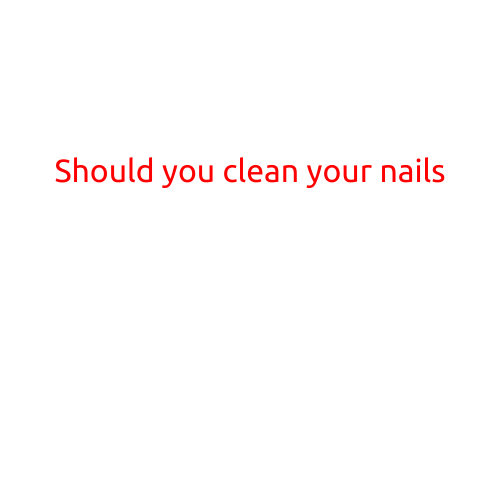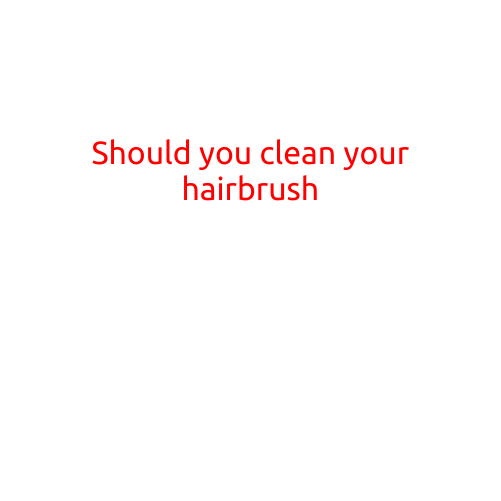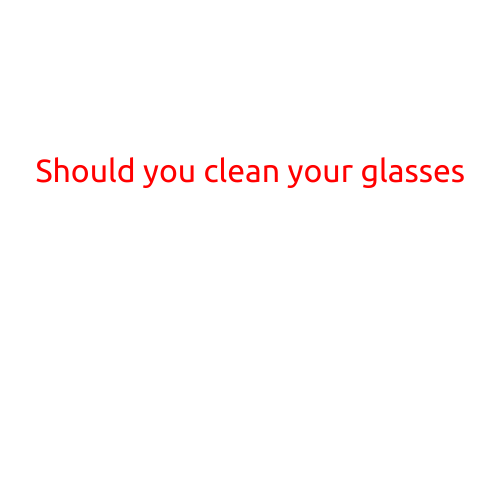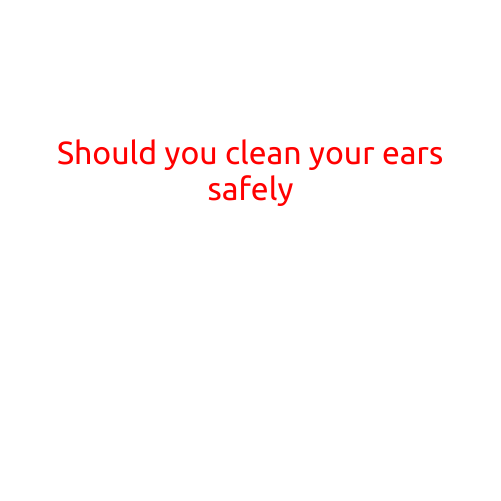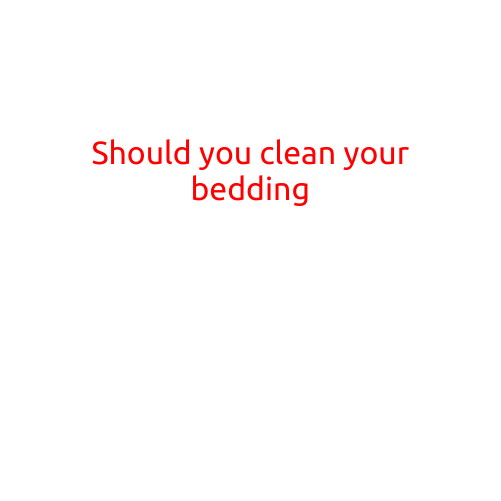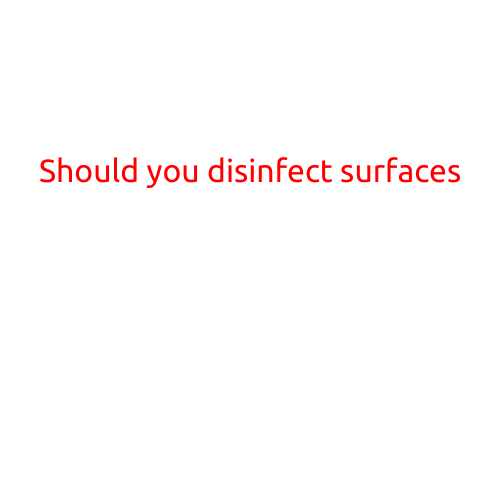
Should You Disinfect Surfaces?
In today’s world, the COVID-19 pandemic has highlighted the importance of cleanliness and disinfection. With the constant threat of germs and viruses lurking around every corner, many of us are left wondering: should I be disinfecting surfaces in my home, workspace, or daily life? In this article, we’ll delve into the world of disinfection and provide you with the answers you need.
What is Disinfection?
Disinfection is the process of killing or inactivating microorganisms, such as bacteria, viruses, and fungi, on surfaces. This can be achieved through the use of disinfectants, which are chemicals or agents designed to reduce the number of microorganisms on a surface. Disinfection is often confused with sterilization, which is the process of killing all microorganisms, including spores, on a surface.
Why Disinfect?
Disinfecting surfaces is essential for maintaining good hygiene and preventing the spread of illnesses. Here are a few compelling reasons why you should disinfect:
- Prevent the Spread of Germs: Disinfecting surfaces can help prevent the spread of germs and viruses, which are often responsible for illnesses like the common cold and flu.
- Reduce Allergy and Asthma Symptoms: Disinfecting surfaces can help reduce allergy and asthma symptoms by removing allergens and irritants from the environment.
- Protect Vulnerable Individuals: Disinfecting surfaces is especially important for vulnerable individuals, such as the elderly, young children, and those with compromised immune systems, as they are more susceptible to illnesses.
When to Disinfect
So, when should you disinfect surfaces? Here are a few scenarios where disinfecting is necessary:
- After Illness: Disinfect surfaces that have come into contact with someone who has been ill with a contagious disease.
- After Cleaning Up Messes: Disinfect surfaces that have been contaminated with bodily fluids, such as blood, urine, or feces.
- In High-Traffic Areas: Disinfect surfaces in high-traffic areas, such as doorknobs, light switches, and remotes, which are more prone to harboring germs.
- In Areas with Poor Ventilation: Disinfect surfaces in areas with poor ventilation, as these areas are more likely to harbor airborne germs.
How to Disinfect
Disinfecting surfaces is a simple process that can be done with the right tools and techniques. Here are a few tips to get you started:
- Choose the Right Disinfectant: Select a disinfectant that is designed for your specific surface and the type of germ you’re trying to kill.
- Follow the Instructions: Always follow the instructions on the disinfectant label, and make sure to read the label carefully before use.
- Wear Protective Gear: Wear protective gear, such as gloves and a mask, when disinfecting surfaces to prevent exposure to harsh chemicals.
- Allow the Disinfectant to Sit: Allow the disinfectant to sit on the surface for the recommended amount of time before wiping it clean.
Conclusion
Disinfecting surfaces is an essential part of maintaining good hygiene and preventing the spread of illnesses. By understanding when and how to disinfect, you can help keep yourself and those around you safe and healthy. Remember to always choose the right disinfectant, follow the instructions, and wear protective gear when disinfecting surfaces. Together, we can create a cleaner, healthier environment for everyone.
